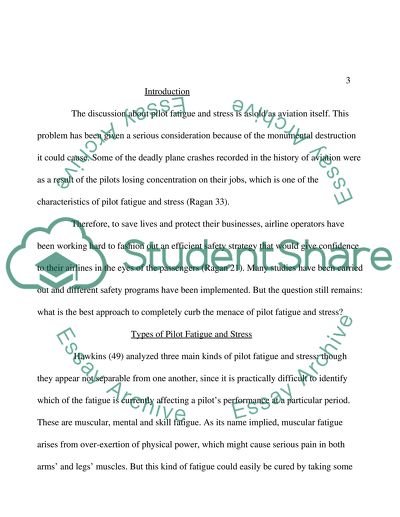Cite this document
(“Pilot Fatigue and Stress Essay Example | Topics and Well Written Essays - 2500 words”, n.d.)
Pilot Fatigue and Stress Essay Example | Topics and Well Written Essays - 2500 words. Retrieved from https://studentshare.org/miscellaneous/1558691-pilot-fatigue-and-stress
Pilot Fatigue and Stress Essay Example | Topics and Well Written Essays - 2500 words. Retrieved from https://studentshare.org/miscellaneous/1558691-pilot-fatigue-and-stress
(Pilot Fatigue and Stress Essay Example | Topics and Well Written Essays - 2500 Words)
Pilot Fatigue and Stress Essay Example | Topics and Well Written Essays - 2500 Words. https://studentshare.org/miscellaneous/1558691-pilot-fatigue-and-stress.
Pilot Fatigue and Stress Essay Example | Topics and Well Written Essays - 2500 Words. https://studentshare.org/miscellaneous/1558691-pilot-fatigue-and-stress.
“Pilot Fatigue and Stress Essay Example | Topics and Well Written Essays - 2500 Words”, n.d. https://studentshare.org/miscellaneous/1558691-pilot-fatigue-and-stress.


